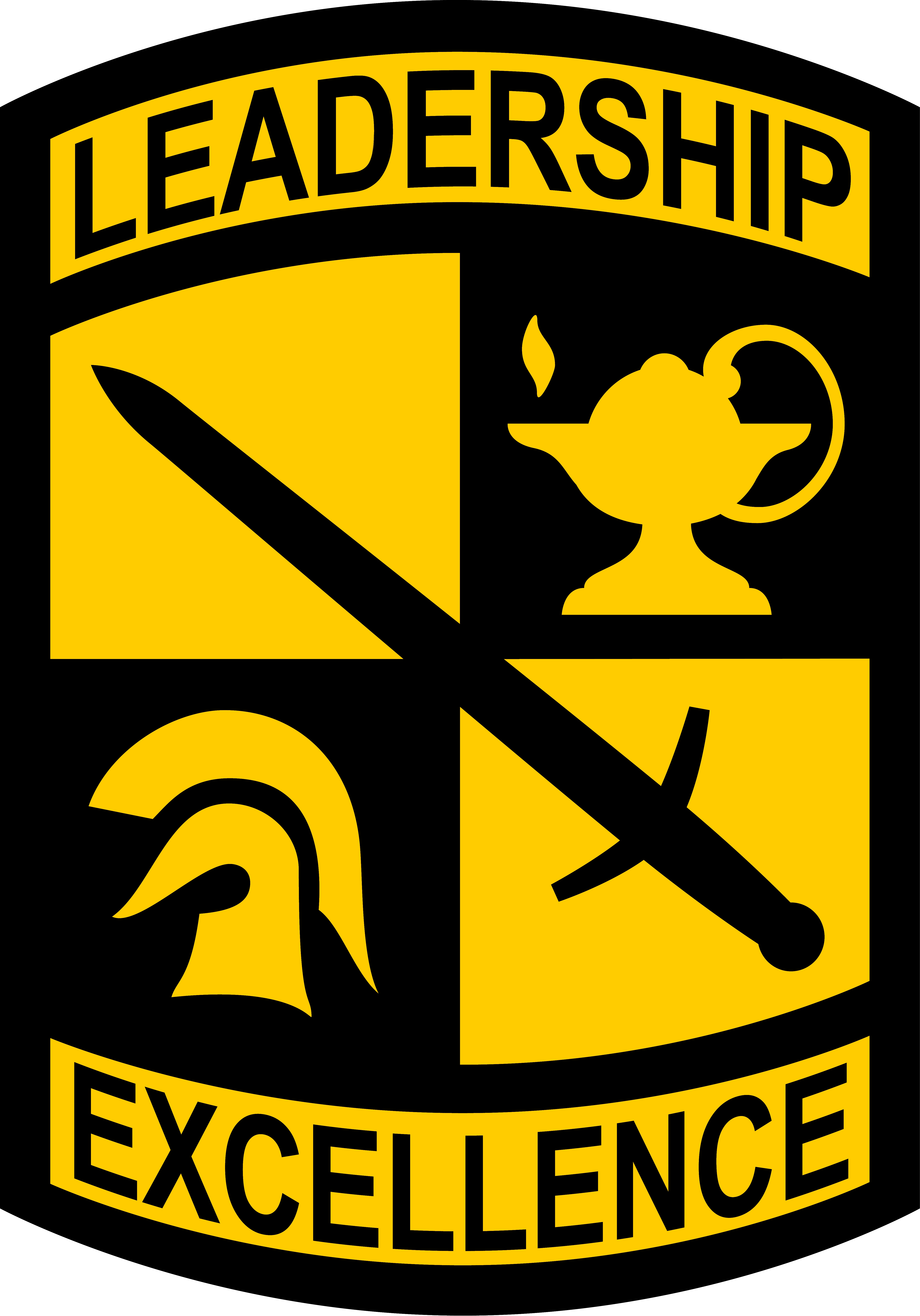Readiness, teamwork and communication are the driving forces behind Task Force Medical on Fort Knox, Kentucky.
“Role 1” tends to Cadets who need a higher level of care that regimental medics can provide. Ultimately, the goal is to resolve the medical issue on site and return Cadets to training as soon as possible.
“If they come back to our ‘Role 1’, we have shots and steroids we can give to the Cadets,” 2nd Lt. Elizabeth Ergil said. “This is step one of trying to return them to training because we don’t want them to miss out on any of those training opportunities.”
“Role 1” is comprised of a medical provider, medics, and physician’s assistants in addition to all on-site medics. Cadet Summer Training has two “Role 1” facilities, located at Logistics Support Areas Baker and Densberger.
The trauma tent is equipped with medication, suctions, ventilators, oxygen and fluids. Additionally, the patient hold tent is used when necessary to keep a patient for up to 72 hours. During CST, “Role 1” facilities will be staffed, 24 hours a day, 7 days a week.
Fort Knox is home to many environmental factors that may pose a threat to Cadets. Ticks, snakes and poison ivy are common at many of the training sites. However, safety at Cadet Summer Training begins in the classroom.
“The first thing we start with honestly is education.” Staff Sgt. Mohamed Chekaraou, combat medic, stationed in Fort Carson Colorado said. “We have our own medics who talk to the Cadets before they even start on dehydration, snakebites, all different things that can go wrong in the field.”
Each year, a new medical protocol is created based on the injuries that occurred at CST the year prior. This allows for the team of medics to better educate Cadets prior to field exercises as well as equip medical personnel with adequate training and equipment.
To determine proper care in the event of an injury, the team follows the Algorithm Directed Troop Medical Care pamphlet. This serves as a guide to the unit commander responsible for the military treatment facility. Enlisted medical personnel utilize this code to treat soldiers in walk-in ambulatory settings.
If an injury cannot be treated by the “Role 1” facility, they will actively stabilize the patient and use medical evacuation vehicles to transport the patient to where a higher level of care can be administered. Nelson Troop Medical care resides on Fort Knox and is dedicated to the support of CST throughout the summer. Cadets can also be transported to nearby hospitals, like Baptist Health Hardin in Elizabethtown and University of Louisville.
“We don’t want to take on anything we can’t handle.” 2nd Lt. Ergil said.
Creating a positive and cohesive team culture is imperative to working under stressful situations. Coming from Fort Carson, Colorado, they are dedicating their free time to the Fort Knox and Kentucky communities. Between volunteering at the animal shelter to living in the barracks together, the medical team uses these activities to learn the nuances of each member. For many, it is their first time at CST.
“When we’re actually on Fort Carson, I don’t see these guys unless we’re at work,” Pfc. Tyler Whitworth said. “For me, to have this time to be with them, to actually learn more about their personalities, hang out with them, that builds our level of teamwork.”
Despite working under stressful conditions, the medical team is equipped for any situation.
“We do a lot of practice before we even touch a patient,” Staff Sgt. Chekaraou said. “You’re trained to perform pretty well under pressure.”
With over 8,000 Cadets and 5,000 Cadre participating in CST this year, safety is the utmost priority. For future Cadets, trusting leadership is key.
“It’s training, right. Things are bound to happen,” Staff Sgt. Chekaraou said. “But if you listen to your Cadres and just do what you are supposed to, they can mitigate injuries.”

